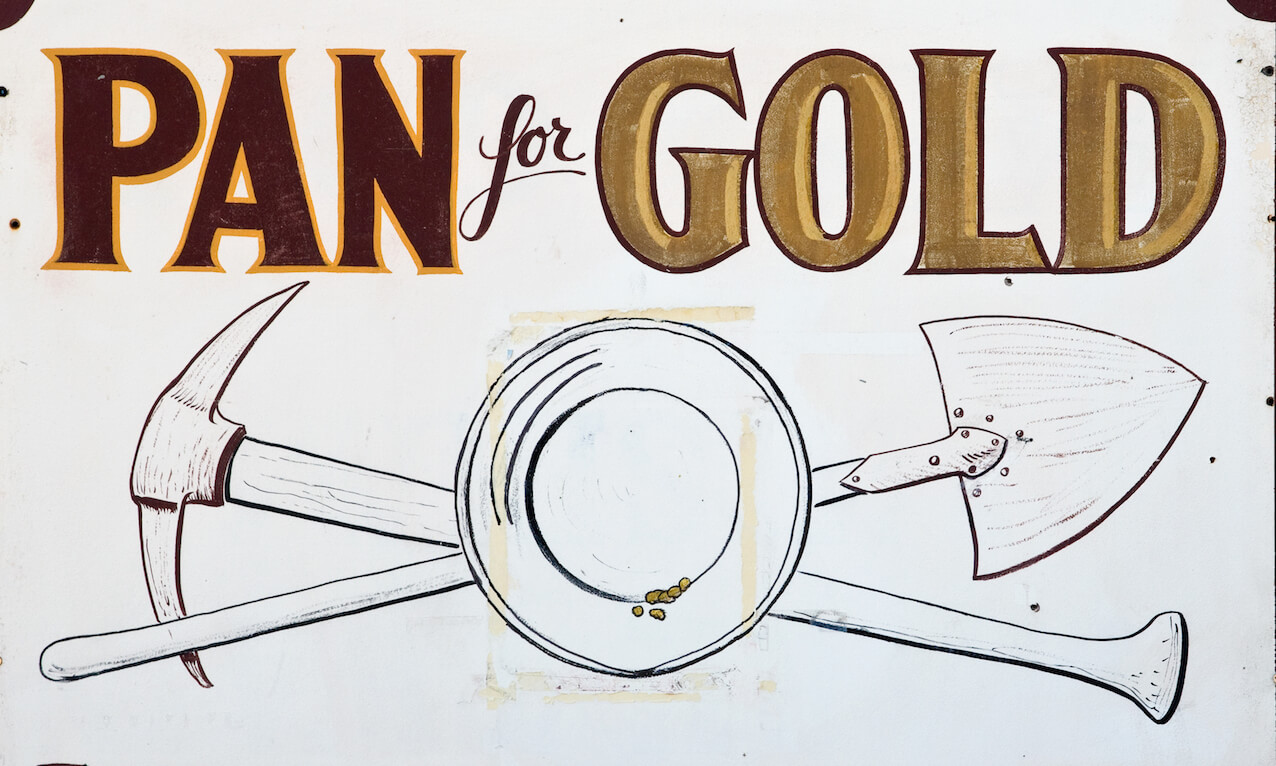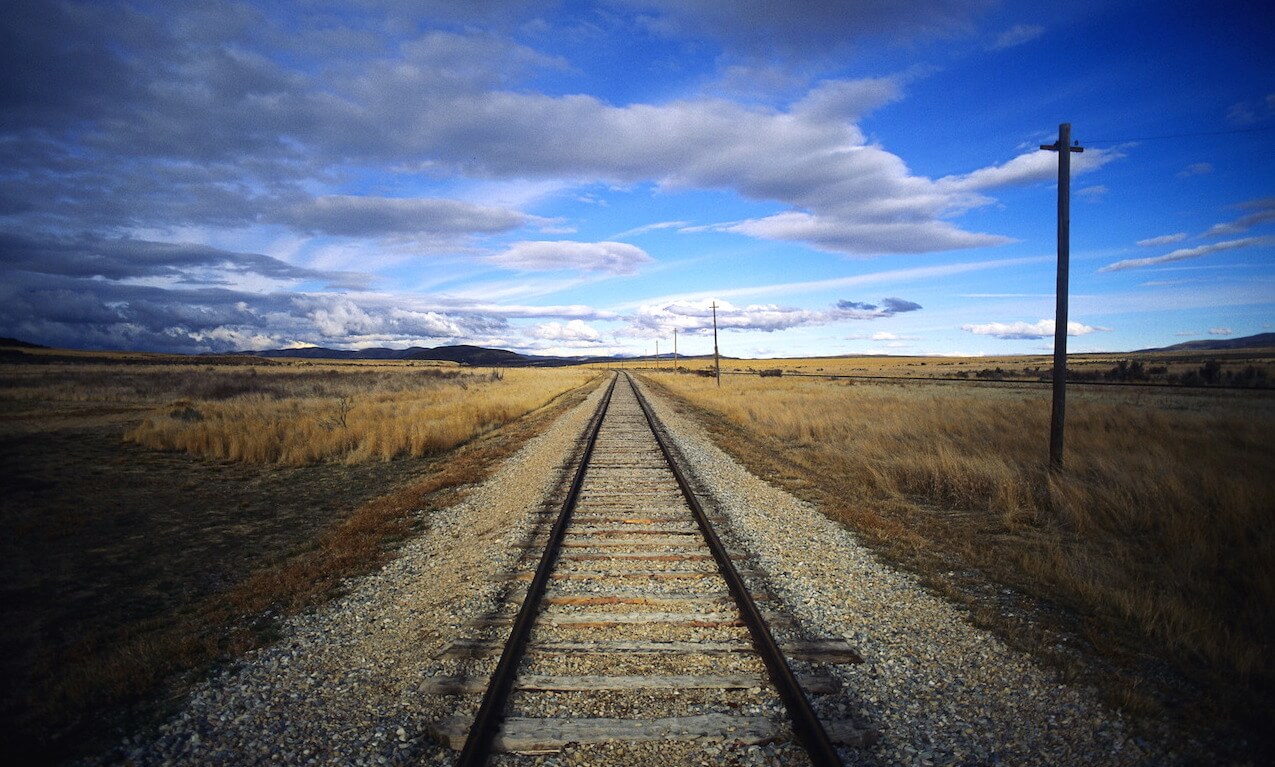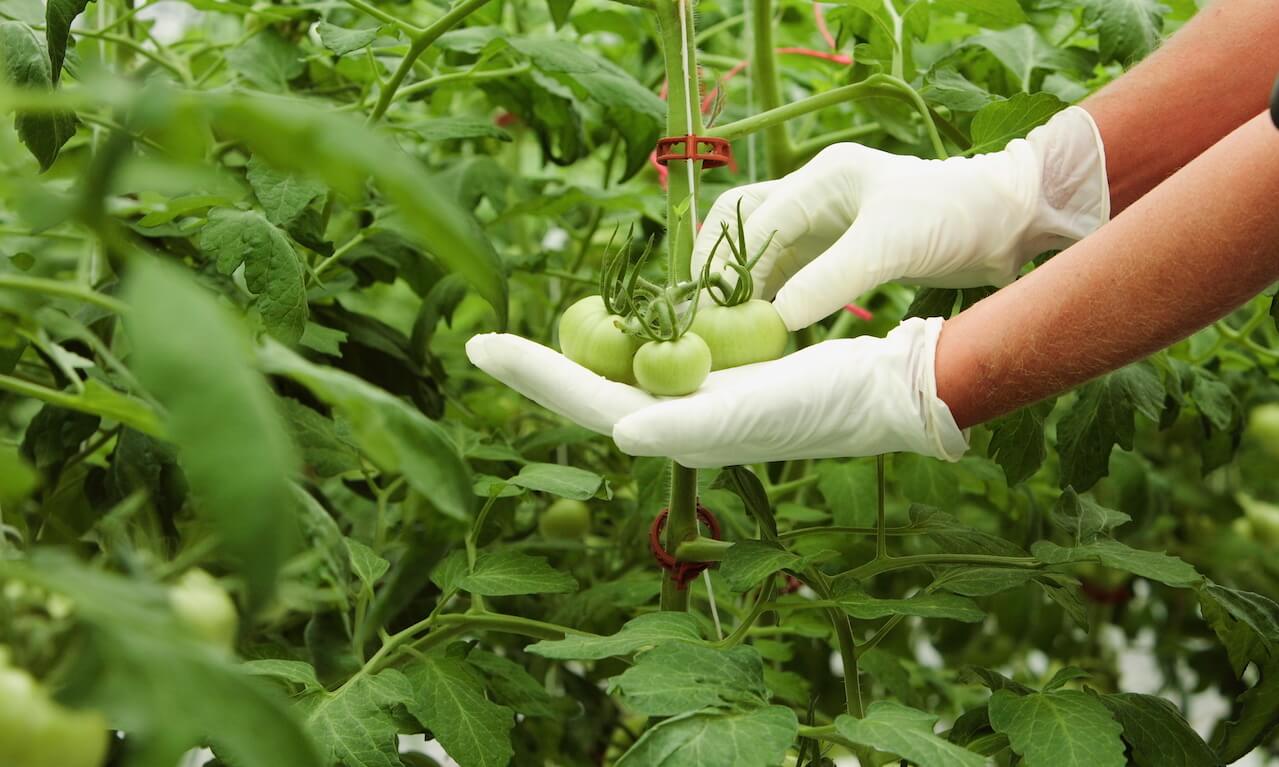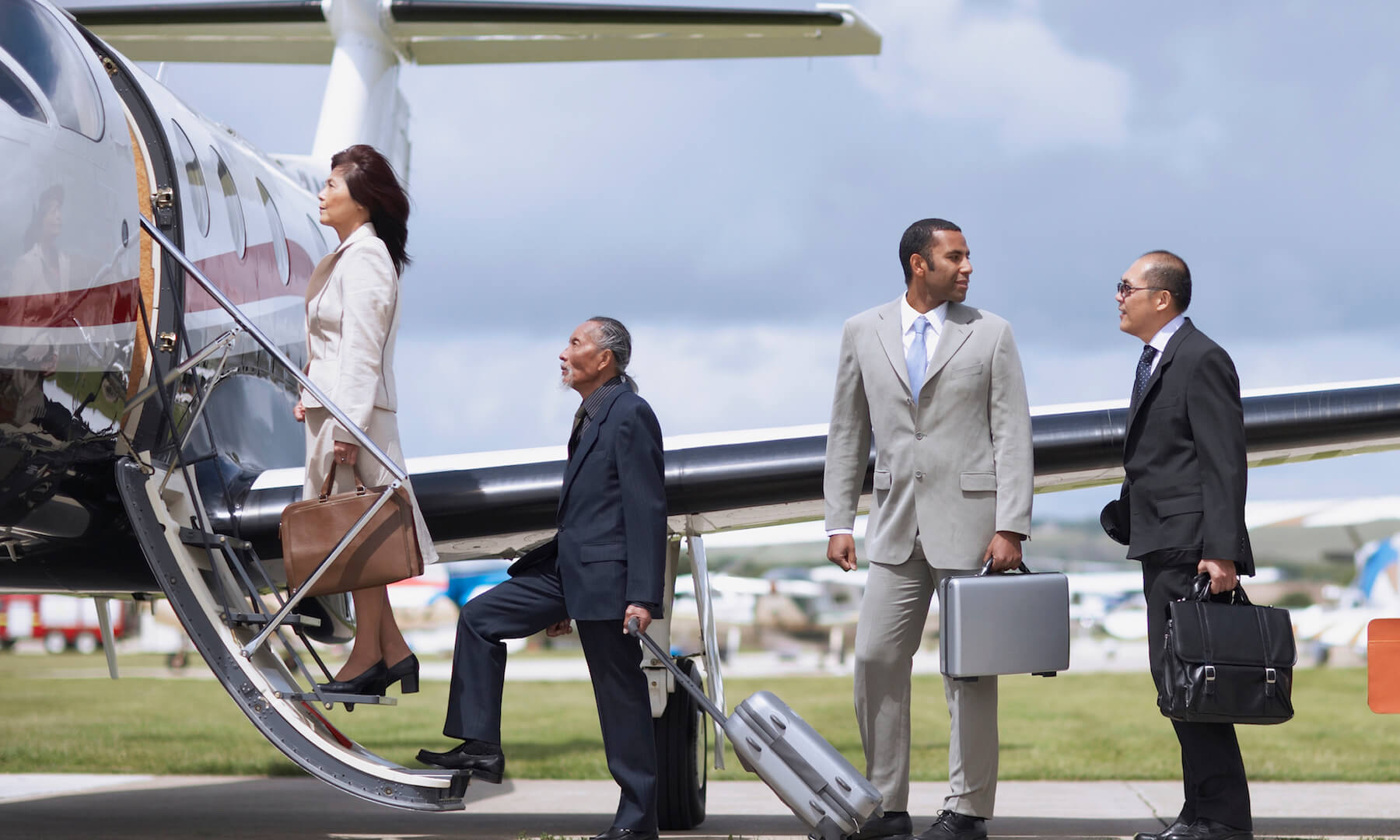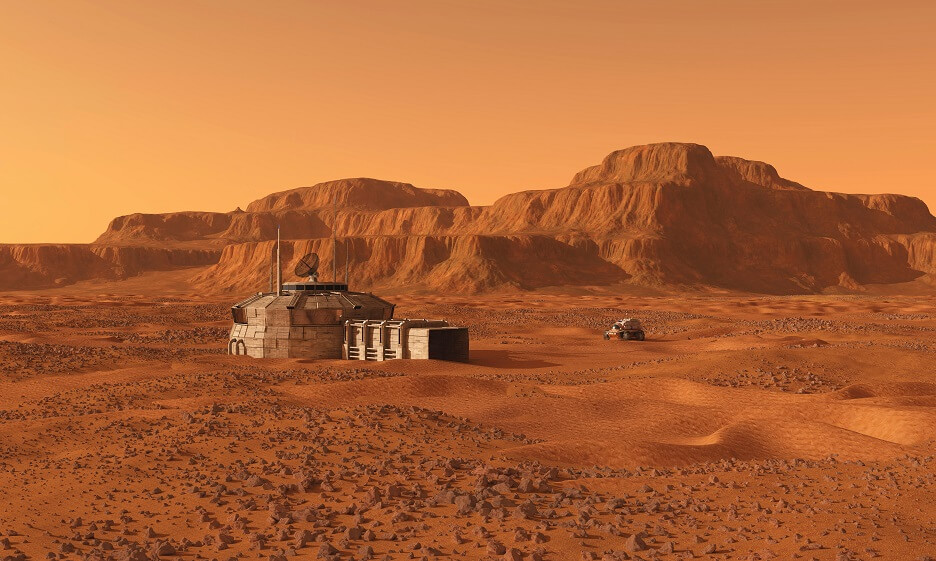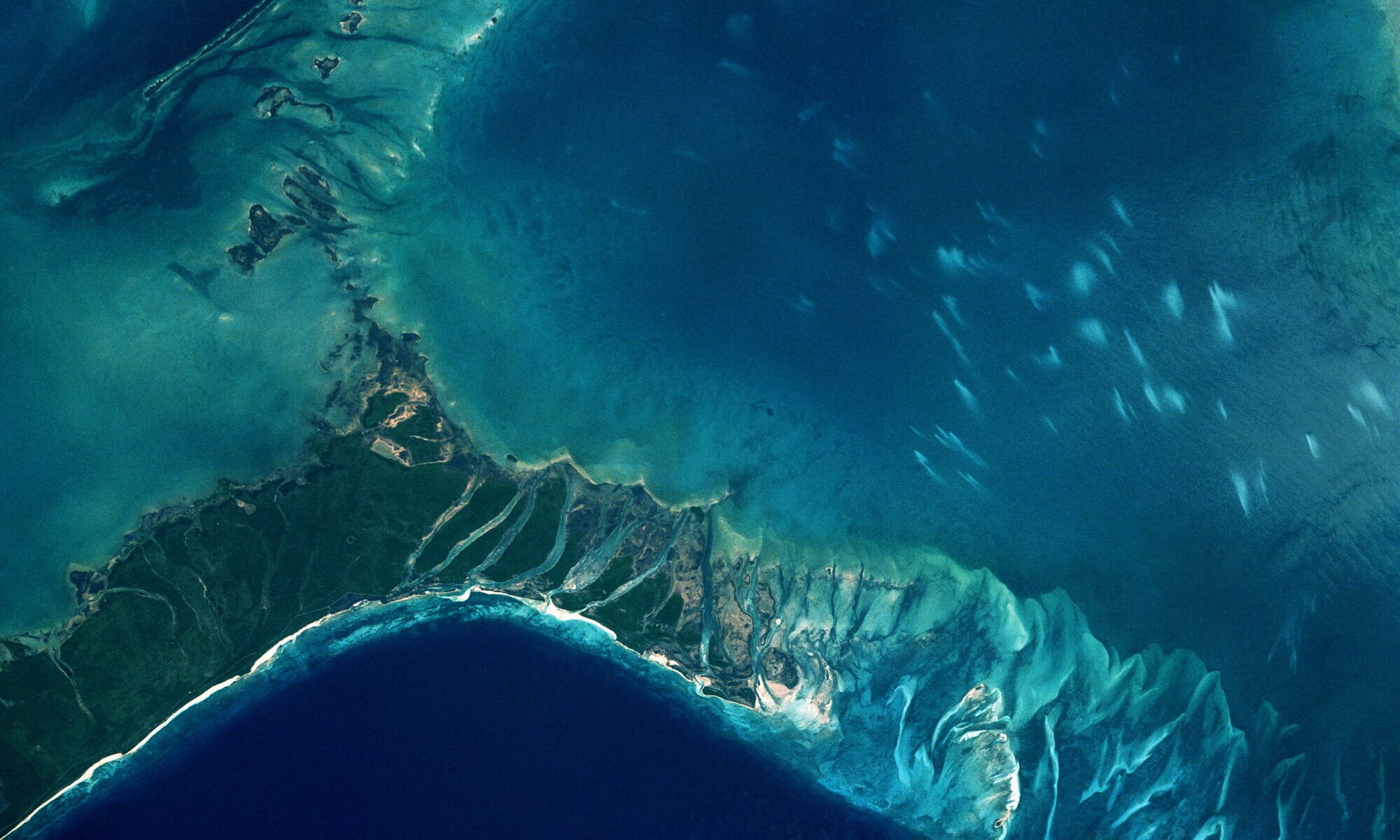Seven Time Management Strategies from Some Brilliant Teenage Prodigies
Source: Fast Company
Does it seem as if there is never enough time to get all your work done? Everyone has the same number of hours a week, but these teens manage their time well. Read their strategies for fitting in time for work and play.







